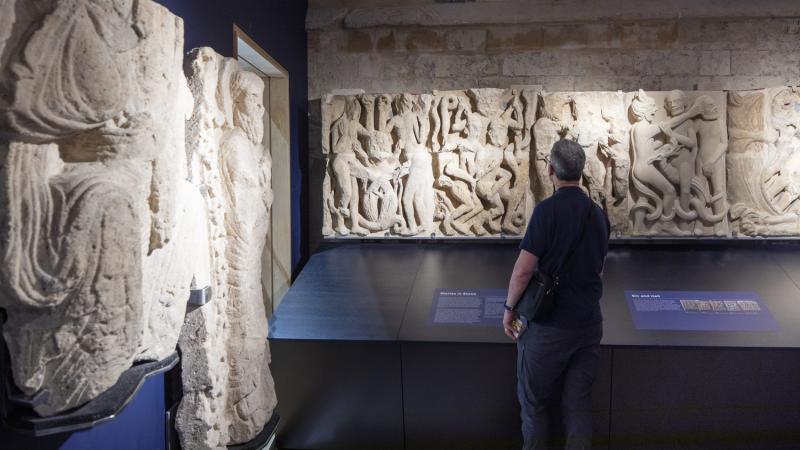
Lincoln Cathedral is one of the largest and most important medieval buildings in Western Europe and is considered by many as the finest example of early English Gothic architecture. Largely dating from the 13th century, it is a masterpiece of historic architecture; yet it never stands still.
For 26 years since the appointment of Director Nicholas Rank as ‘Architect and Surveyor to the Fabric’ in 1996, we managed an active programme of repair, restoration and conservation to the cathedral church and close properties. With an active community, visitors from around the world, rich music heritage and a major historic library, our role as architects to the cathedral was as varied and complex as it was fascinating and enjoyable.
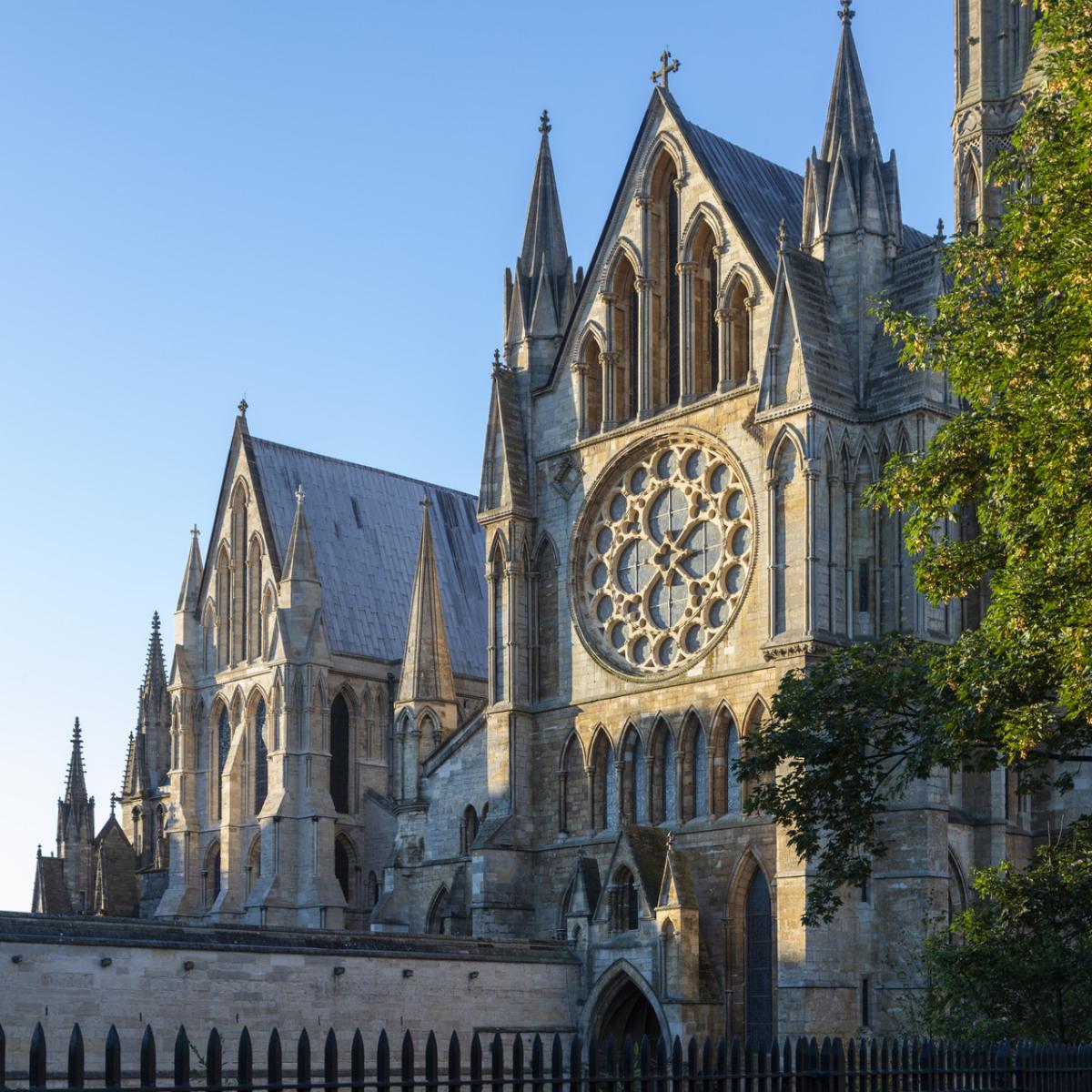
Programmes of Conservation and Restoration
Lincoln Cathedral plays host to a constant scaffold which travels around its walls. One 'orbit' of the cathedral takes approximately 40 years, meaning that no one architect has ever overseen the full restoration of the building.
We led a rolling programme of repair and restoration of £1.9M per annum that included conservation and restoration of the building envelope, its roofs, medieval stained glass and priceless sculptures and carvings that embellish the interior and exterior walls. During our appointment, we provided regular quinquennial inspections, wrote the conservation plan, and undertook major phases of repair and restoration, conservation cleaning and accessibility adaptations. Our approach has always been to further our understanding of the building and adopt forward-thinking conservation techniques that helped to manage the significance of this amazing place.
In addition to ongoing maintenance and repair, we were also involved in a number of major capital projects including the restoration of the 7.5m diameter Dean’s Eye Window; conversion of the cathedral chapter house to an education and conference centre; and the design of a new visitor facilities building which, sitting in the cathedral’s Nettleyard, was the first addition to the church in a century. Our final project Lincoln Cathedral Connected included the conservation of the west front and exchequergate arch, as well as liaising on the design of new visitor facilities in the old deanery.
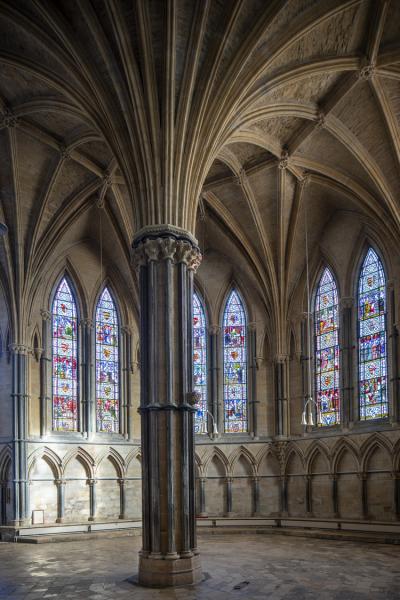
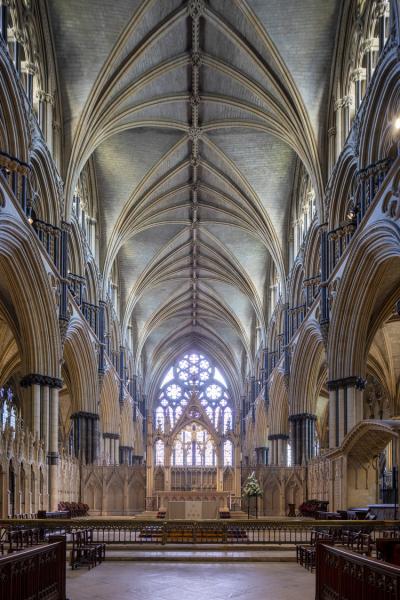
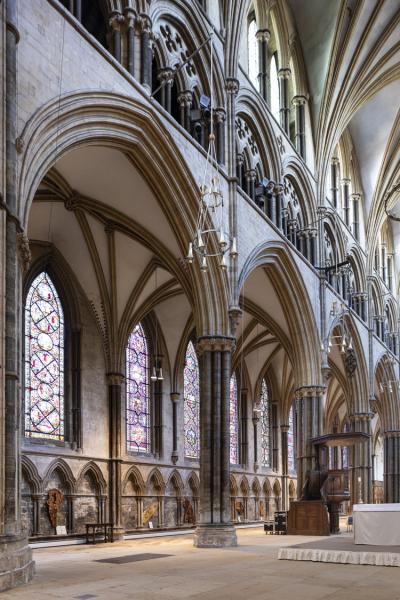
Lincoln Cathedral Dean's Eye Window
Completed in 2007, we delivered a major restoration project to the cathedral’s medieval rose window, the Dean’s Eye.
The window is one of the few remaining originals to remain in Europe and is considered an outstanding example of the development of stained glass. It had, however, been failing for a number of years and required critical conservation to ensure its longevity.
Our work saw the Dean’s Eye Window conserved using a combination of the latest technical knowledge and first-class craftsmanship, allowing the window to be viewed as its original creators intended it.
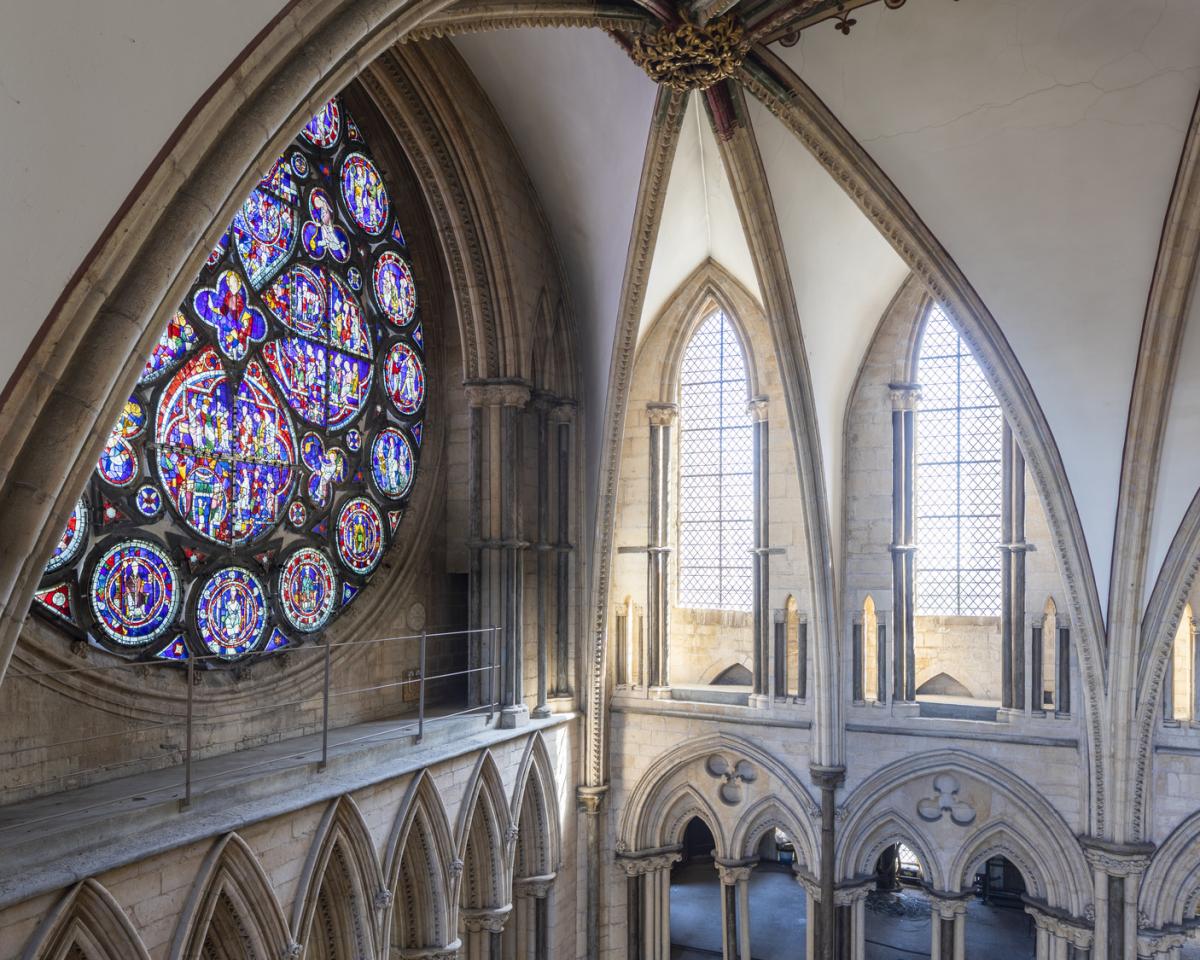
Lincoln Cathedral Romanesque Frieze
The restoration of the Romanesque Frieze was one of the most sensitive conservation projects undertaken on romanesque sculpture on an English cathedral over two decades.
The work involved the assessment of the condition of the sculpture, developing conservation policies, obtaining consent and overseeing the work on site. Each panel of the frieze was assessed, and individual decisions were made for the necessary work for each panel.
Careful conservation cleaning was carried out using lasers, the JOS system and delicate mechanical methods. This needed to take into account the survival of ongoing polychromy. The panels were then carefully extracted from the west front of the cathedral so that their full condition could be assessed in the workshop. Due to the serious deterioration to the sculpture, it was eventually decided that only one of the original panels could be returned to the West Front. As a result, copy carvings were made for the west front, and the original carvings were conserved and mounted as an exhibition in the morning chapel.
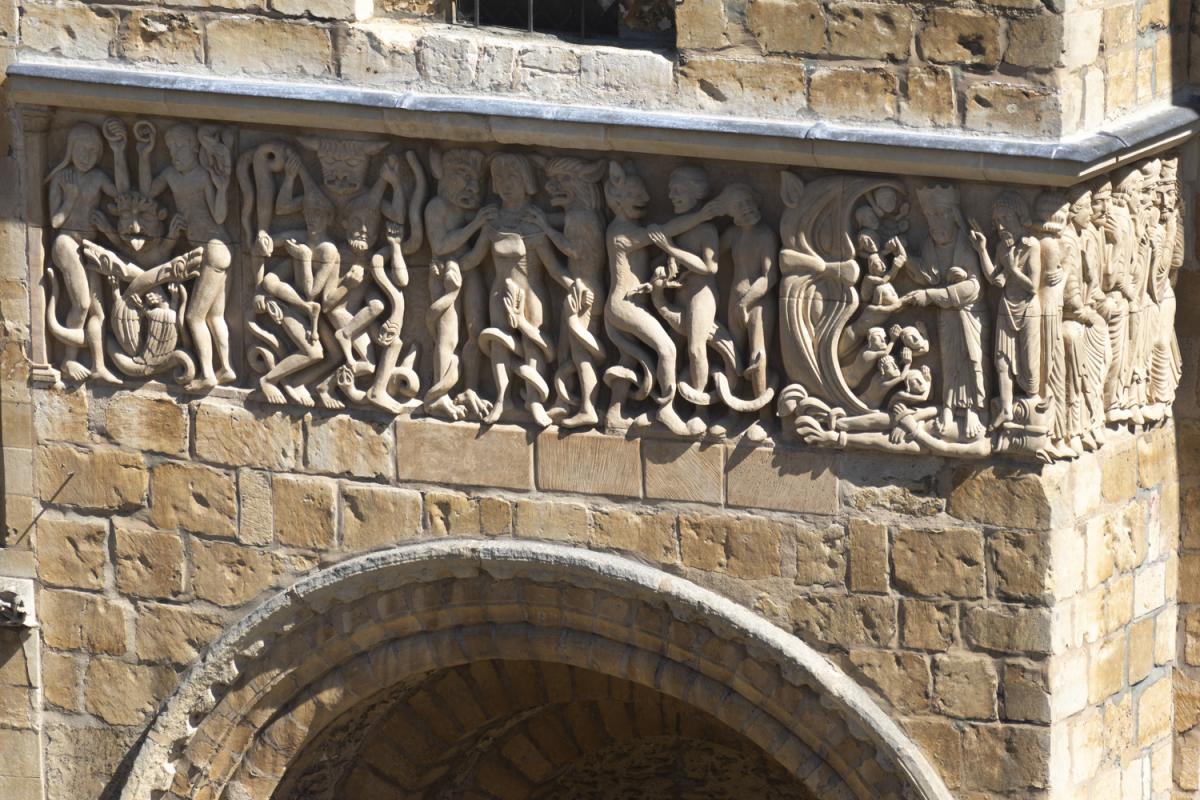
Lincoln Cathedral Connected
In 2017, Lincoln Cathedral was successfully awarded a National Lottery Heritage Fund grant towards the £16 million 'Lincoln Cathedral Connected' project to carry out significant restoration works to the first parts of the cathedral experienced by visitors, as well as to radically improve the cathedral's setting and visitor experience with extensive landscape works, a new visitor centre including cafe, shop, and exhibition spaces.
We were engaged on the project as conservation architects to oversee a major programme of conservation and repairs to some of the Cathedral's most significant historic elements.
This has included the 'Gallery of Kings', a 14th-century carving of 11 life-sized statues of kings, the southern run of the 12th-century romanesque frieze, the 14th-century Exchequergate Arch, and decorative stonework within the central niche and gable as well as the turrets, and two bishops’ statutes on either side of the West Front.
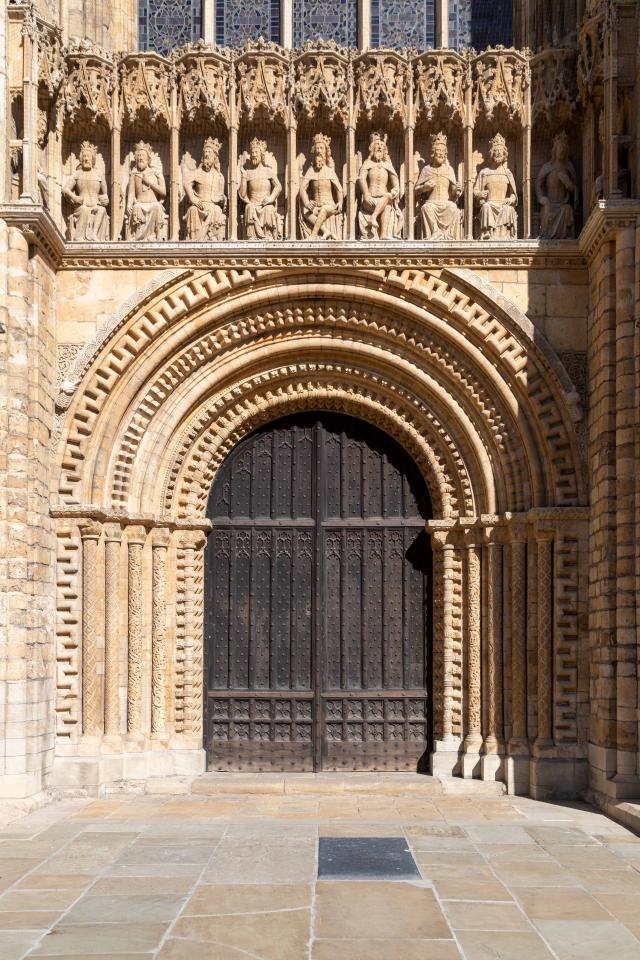
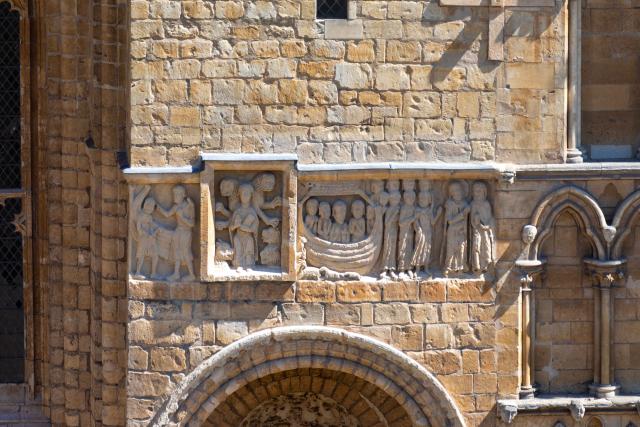
All conservation work has undergone extensive research and conservation, informed by in-depth consultation and engagement with experts and statutory consultees.
In addition to these significant conservation projects, we also advised and helped to direct the rest of the professional team to ensure that the new designs and interventions sat sensitively alongside the cathedral, ensuring its significance was understood and supported by new interventions.
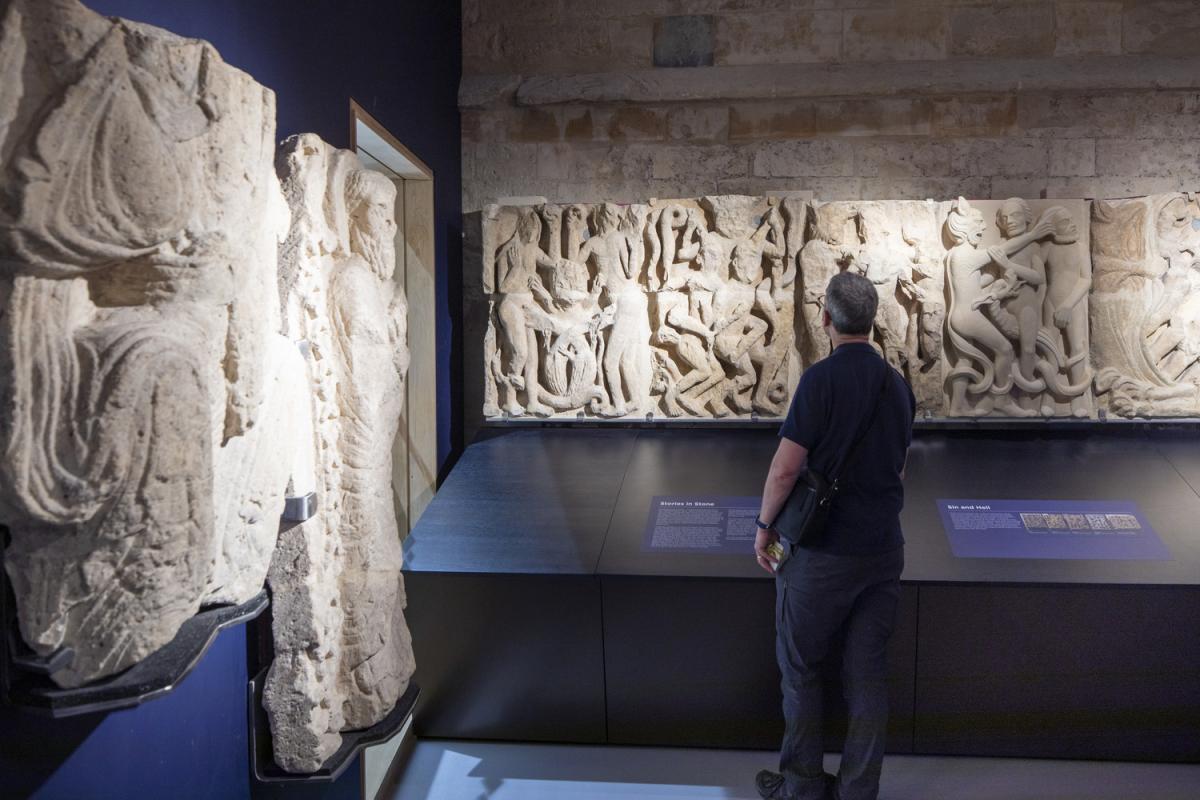
Image credits
© Andy Marshall
Awards
Natural Stone Awards 2010: Commended in the craftsmanship category
RICS East Midlands Awards 2006: Conservation Award & Project of the Year, Dean's Eye Window
Edward Kepczyk
Edward specialises in the conservation, informed repair, and creative reuse of secular and ecclesiastical buildings, including some of the country’s most significant historic sites.
Courtnay Ives
Courtnay is an architect whose experience includes a range of specialisms with heritage, ecclesiastic and non-secular schemes.
Conserving Lincoln Cathedral: The Romanesque Frieze
An insight into the conservation of one of the country's most significant historic sites.


